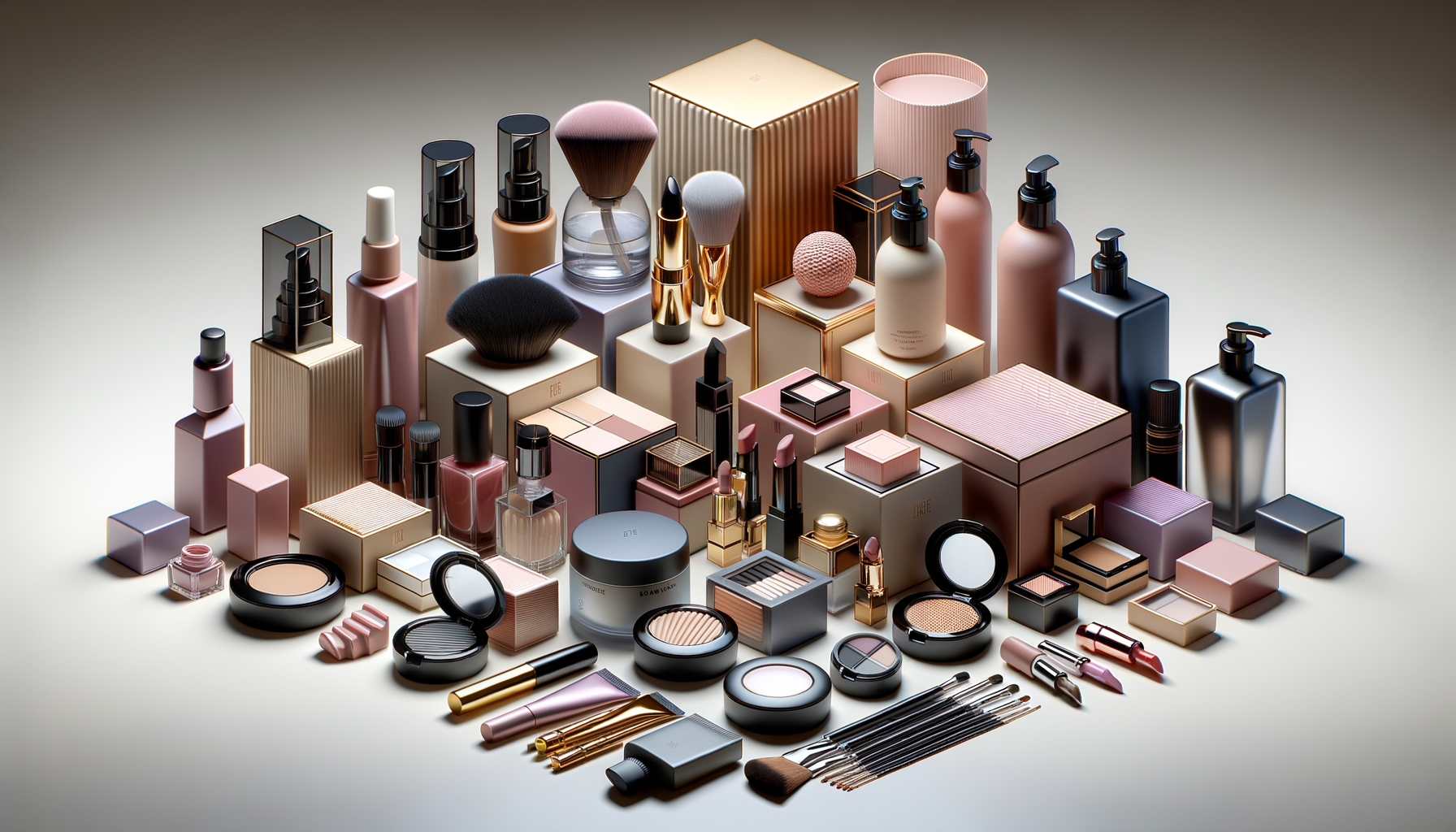The Importance of Cosmetic Packaging
Cosmetic packaging is not just about aesthetics; it serves multiple purposes that are crucial for both brands and consumers. Primarily, it acts as a protective barrier, ensuring that the product inside remains uncontaminated and fresh until it reaches the consumer. This is especially important for products with active ingredients that can degrade when exposed to light or air.
Moreover, packaging is a powerful marketing tool. It is often the first point of interaction between the consumer and the product, making it a critical aspect of brand identity. A well-designed package can convey luxury, eco-friendliness, or innovation, depending on the brand’s positioning. In today’s competitive market, standing out on the shelves is more important than ever, and packaging is key to achieving that.
Additionally, with growing environmental concerns, sustainable packaging has become a significant focus. Consumers are increasingly seeking products that align with their values, and brands that adopt eco-friendly packaging can enhance their reputation and appeal to a broader audience.
Trends in Cosmetic Packaging
The cosmetic packaging industry is constantly evolving, with trends often reflecting broader societal changes. One of the most notable trends is the shift towards sustainable materials. Brands are increasingly using recycled plastics, biodegradable materials, and refillable containers to reduce their environmental footprint. This shift not only caters to eco-conscious consumers but also helps brands comply with stricter environmental regulations.
Another trend is the rise of minimalist design. As consumers lean towards simplicity and authenticity, cosmetic packaging is becoming more streamlined, often featuring clean lines and subtle branding. This approach not only appeals to modern aesthetics but also reduces material use, aligning with sustainability goals.
Technological advancements are also shaping the industry. Smart packaging, which integrates technology such as QR codes and augmented reality, is becoming more prevalent. These innovations offer consumers interactive experiences and provide additional product information, enhancing the user experience.
Materials Used in Cosmetic Packaging
The choice of materials in cosmetic packaging is crucial, influencing both the product’s protection and its environmental impact. Traditionally, plastics have been the material of choice due to their versatility and cost-effectiveness. However, concerns over plastic waste have led to a surge in alternative materials.
Glass is a popular choice for luxury cosmetics, offering a premium feel and excellent product protection. It is also fully recyclable, making it an attractive option for environmentally conscious brands. However, its fragility and weight can be drawbacks.
Aluminum is another material gaining traction, particularly for products like deodorants and creams. It is lightweight, recyclable, and provides a robust barrier against contamination. Additionally, paper-based packaging is becoming more sophisticated, with innovations allowing for durable and aesthetically pleasing designs.
Challenges in Cosmetic Packaging
While there are many exciting developments in cosmetic packaging, the industry also faces several challenges. One of the primary issues is balancing aesthetics with functionality. Packaging must not only look appealing but also protect the product and be easy to use. Achieving this balance can be challenging, particularly with the added pressure of sustainability.
Cost is another significant challenge. Sustainable materials and innovative designs often come with higher production costs, which can be a barrier for smaller brands. Additionally, the need to comply with various regulations across different markets adds complexity and expense.
Consumer expectations are also evolving, with a growing demand for transparency and authenticity. Brands must ensure that their packaging reflects their values and meets consumer demands without compromising on quality or performance.
The Future of Cosmetic Packaging
Looking ahead, the future of cosmetic packaging is likely to be shaped by sustainability, technology, and consumer preferences. As environmental concerns continue to grow, brands will need to innovate to meet the demand for eco-friendly packaging solutions. This could involve the development of new materials or the implementation of circular economy principles, where packaging is designed to be reused or recycled.
Technological advancements will also play a significant role. Smart packaging is expected to become more sophisticated, offering enhanced consumer engagement and data collection capabilities. This could lead to more personalized and interactive experiences, further blurring the lines between physical and digital marketing.
Ultimately, the future of cosmetic packaging will be driven by a combination of innovation, sustainability, and consumer insight, ensuring that brands remain competitive and relevant in an ever-changing market.



Leave a Reply